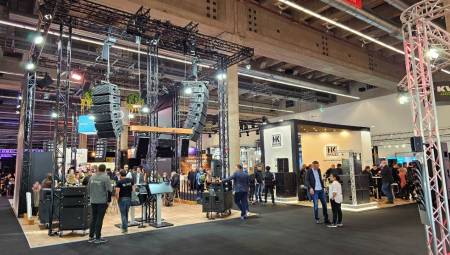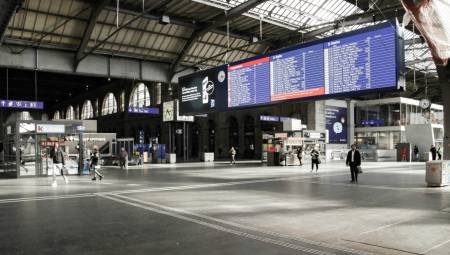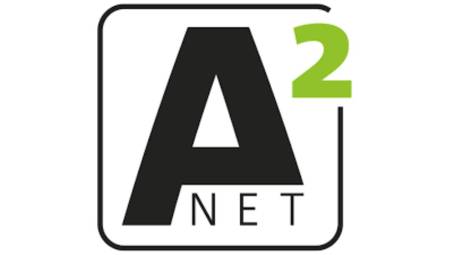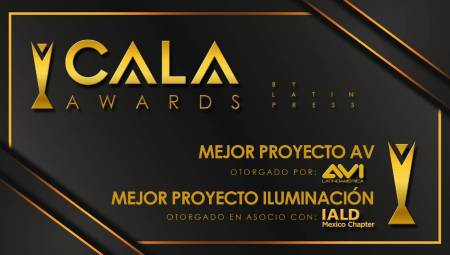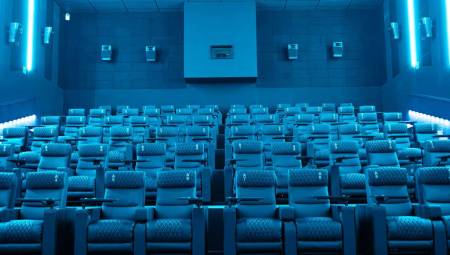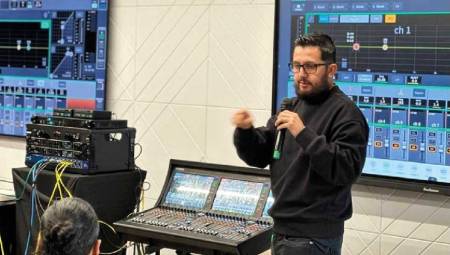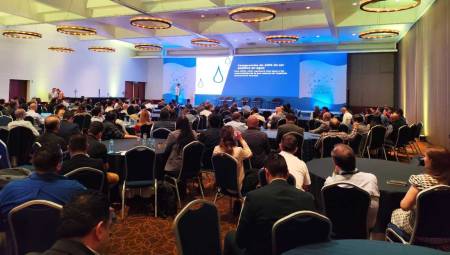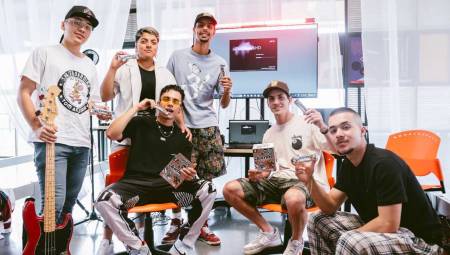 Although LED technology frames the current and future development of lighting, there is still a lot of ignorance about how to identify what quality luminaires are. An expert explains how to do it.
Although LED technology frames the current and future development of lighting, there is still a lot of ignorance about how to identify what quality luminaires are. An expert explains how to do it.
By AVI Latin America
One of the industries that has taken the most advantage of the development of LED technology is lighting. For the benefits already known, but above all for the control options, manufacturers concentrated on the research of products under this technology.
In this process of development and research, a Colombian has stood out from the Philips company. Juan Bernal is co-founder of the Design-In team, which from the Netherlands supports lighting manufacturers that use company components in the development of their products.
The Design-In group's work began four years ago following an analysis that found that the adoption of LED technology was not being as fast as expected. We spoke with Juan Bernal about his experience and some details of the development and operation of LED luminaires.
1. How does a Colombian end up researching and developing LED technology in the Netherlands?
After finishing my undergraduate degree in Bogotá I came to do a master's degree in Product Design in Holland, very focused on engineering. When I finished, I joined a research department at Philips and four years ago I was invited to be part of an LED product development group, from which the Design-In group was born, after interacting with customers and knowing their needs.
2. What does your job consist of?
After a series of interviews with clients, we identified that one of the main barriers to LED technology was the technical part. An LED works more like a computer chip than a light bulb. In all the companies that have worked, they have identified that they have more experience in accommodating ballasts than in the new technology.
Our work is like this: if a company has a luminaire for a particular application and wants to turn it into LED, we support the research and development process, starting from reusing parts of what they already have, thus reducing the costs of the new luminaire. We also advise on the design, when the market has already been tested and it is known that it exists and can be functional.
3. Who has benefited from this group?
The Dutch group began by supporting the work of manufacturers in Europe. Thanks to the good results a few months later, another one was created for the Chinese market in that country and then another in the United States. The Netherlands supports LED light manufacturers in Europe, Africa, the Middle East.
A year ago we included the developers of Latin America, for the compatibility of the technologies, and in joint work with the group of the United States. In the region they are in the first stage of the process, 95% of what is received are ideas to adapt traditional luminaires to LED technology.
4. LED lighting has shown duration and control benefits, among many others. Are there some different specific features than those that are popularly known that you stand out?
It is a more efficient technology in power generation. Its long life if it is well used. The LED light does not radiate heat, which allows it not to be invested so much in cooling systems.
It also reduces the deterioration of some materials, in the case of warehouse lighting, because the LED does not have UV or infrared that influence the deterioration of pigments and the quality of products.
5. How long is the life of an LED lamp and how can it be measured?
The LED light has a useful life between 30 and 45 thousand hours operating. There are many LED manufacturers who claim to work for 100 thousand hours. It is very important to check the fine print. There are companies that measure this until the module stops working, others according to a minimum of light production.
An example to understand it. Our products guarantee 50 thousand hours, this means that we guarantee that up to 50 thousand hours the products will give at least 70% of the initial light, if it gives less we consider it a failure. There are manufacturers that reduce this level to 50 or 40% and thus a higher percentage would be earned.
6. LED lights contain lead, arsenic, and twelve other elements that can be toxic, how far is the risk emitted by this technology?
Not all LEDs are exactly the same. Like any electronic component it must be carefully manipulated. It would be the same to say that a cell phone or a computer are also risky to health. But without a doubt, it does have fewer polluting elements than traditional lights.
7. How true is it that LED lamps have not yet been able to reach a high level of illumination to be used in some professional installations?
I would break that down into different applications and specifications of the pipeline. When it is said that LED does not meet certain levels of lighting, I think that right now there are very few applications in which LEDs can not reach the same as a traditional source in the amount of lumens that are emitted, such as in restaurants, shopping centers, corridors, where 2,000 to 4,000 lumens per lighting source are required. On the roads it happens the same.
8. How should the quality of LED light be measured?
The quality of light depends on the application and design of the lighting that has been made. The CRI should be an average, although it does not tell the full story. That is why it is very important that the quality of light is defined under the conditions of the application and starting from the CRI as a reference point. Today there are modules with CRI of 80 or 90.
The advantage with LED is that you can adapt the light spectrum according to the application, having a greater saturation of red or green colors according to the needs.
9. The market is saturated with LED lamps, good and poor quality and different prices, what should be taken into account to choose an LED lamp?
First you have to take into account the clarity of the terms: the lamp is the replacement of a bulb, but the module is a bulb of many lumens. Paper supports many things, so care must be taken in the conditions in which the longevity of the product is being guaranteed. It is important to do a visual test to measure the quality of the product compared to the sun.
10. How is this comparison made?
The sun is the reference of how colors are perceived. If you want to know how good a light source is, you compare how a product looks to sunlight and then under the light source being tested. This identifies which are the colors that the LED product is not able to identify. What the eyes see at the end is the energy that is being reflected by the product and in turn the energy comes from the light source. When LEDs tend a lot to blue, they are cheap to produce because they don't do much work to turn blue into white and don't require cooling.
There are manufacturers that oversaturate some colors to have a higher CRI. As it is an average, when it gets redder or greener the average goes up. But a good quality of light does not depend on having saturated colors, which make you see red pulling to coffee or white to pink. It depends on having a good balance of colors that perceives them as they are.




